Toshiba Satellite W30t review
A top-heavy Windows 8 detachable with middling performance and battery life.
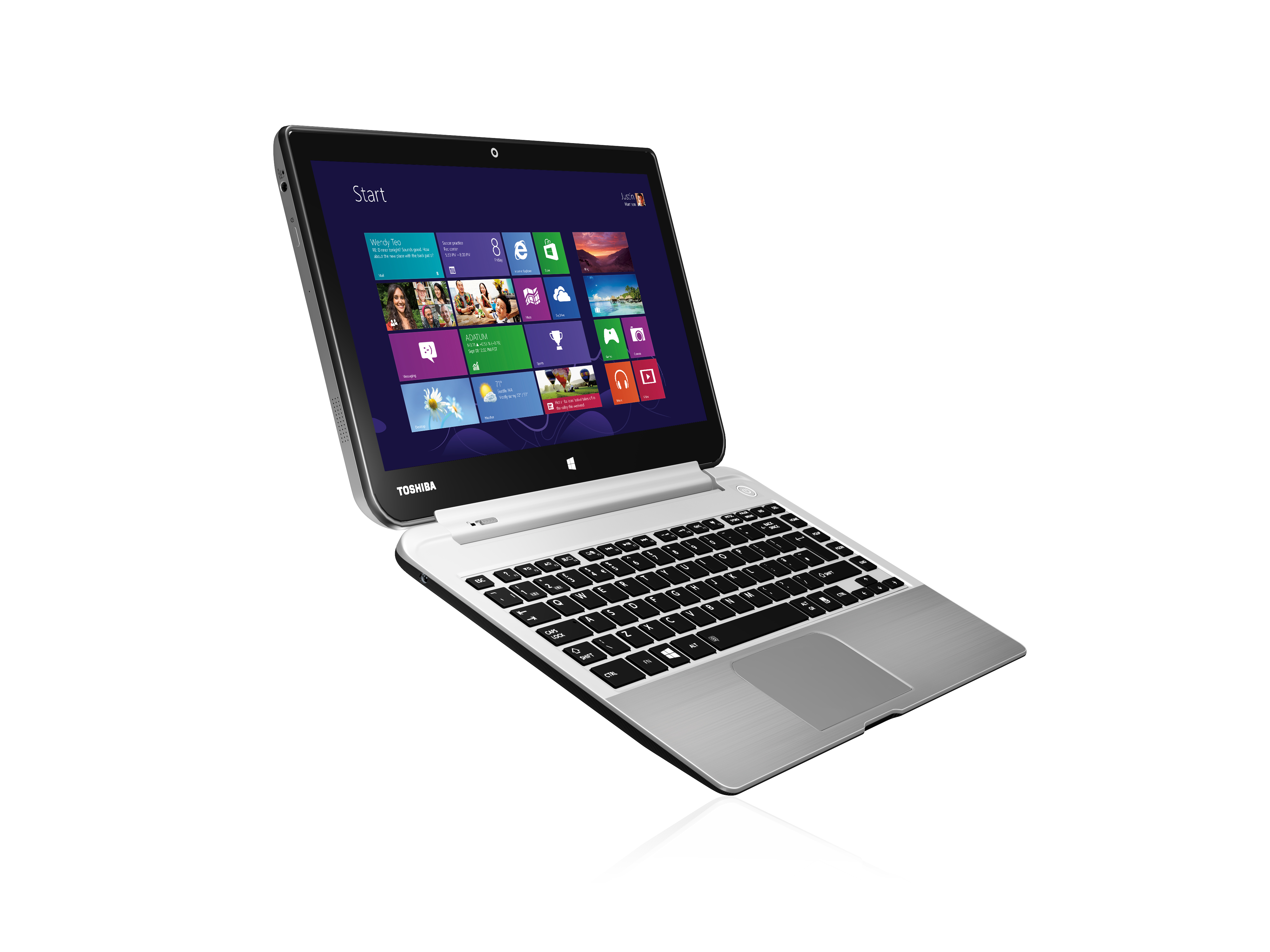
It's hard to recommend the W30t. If money is tight, buy another tablet and a good-quality keyboard – if not, spend a little more on a higher-quality machine like the Lenovo.
-
+
Detachable screen; Dual batteries; Cheaper than rivals; Lots of storage
-
-
Heavy screen; Mixed build quality; Weak processor; Bad keyboard

The Satellite W30t isn't Toshiba's first detachable Windows 8 device. It enters the market where devices such as the HP EliteBook Revolve 810 and the Lenovo Yoga Pro 2 are already available. The former has a screen rotating screen which turns the device into a tablet, and the latter panel flips through 180 in order to work without the keyboard. Does the W30t have anything which can help it to stand out for the right reasons?
A tricky separation
Toshiba's inclusion of a detachable screen is the W30t's defining feature, and it's an easy mechanism to use. The screen sits inside a caddy and is held in place with two arms. Pushing a button to the side releases those arms so the panel can be removed. The caddy is hinged, and it's a sensible bit of design, although it doesn't look as smart as the HP or Lenovo mechanisms. Plus it adds thickness and weight.
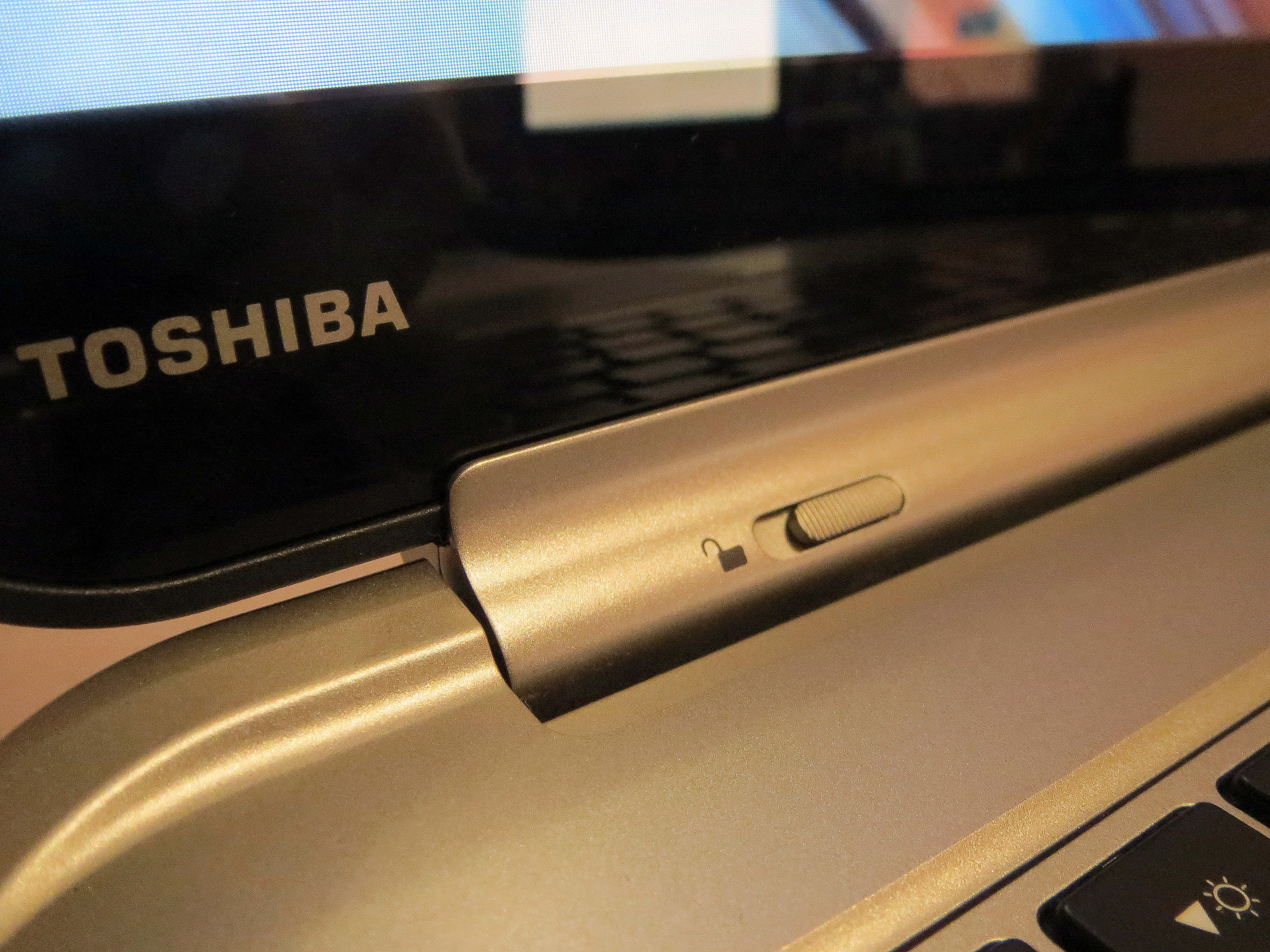
Toshiba hasn't taken risks with the W30t's aesthetics. The lid is covered with a thin layer of brushed aluminium, the base is silver-coloured plastic, and there's no sign of clever design elsewhere. The plain base and bulky hinge dominates the top half of this machine. It's not an ugly system but it is bland.
Build quality varies. The screen contains all of the Toshiba's components and it feels strong, standing up to the rigours of touch operation - the rear barely moves when pressed. The base feels cheaper. The two front corners are flimsy, and the underside is worse we easily distorted the keyboard by pushing up from the base. It's a far cry from HP and Lenovo machines, which use solid metal chassis.
The screen might be sturdy, but its size and the hinge mechanism mean its one of the biggest and bulkiest hybrids we've seen. It tips the scales at 2.1kg, with the weight divided down the middle between two sections, and it's 24.6mm thick. This makes the W30t half a kilo heavier than both its rivals and also means that this machine is several times heavier than conventional tablets even when they've got a keyboard case added.
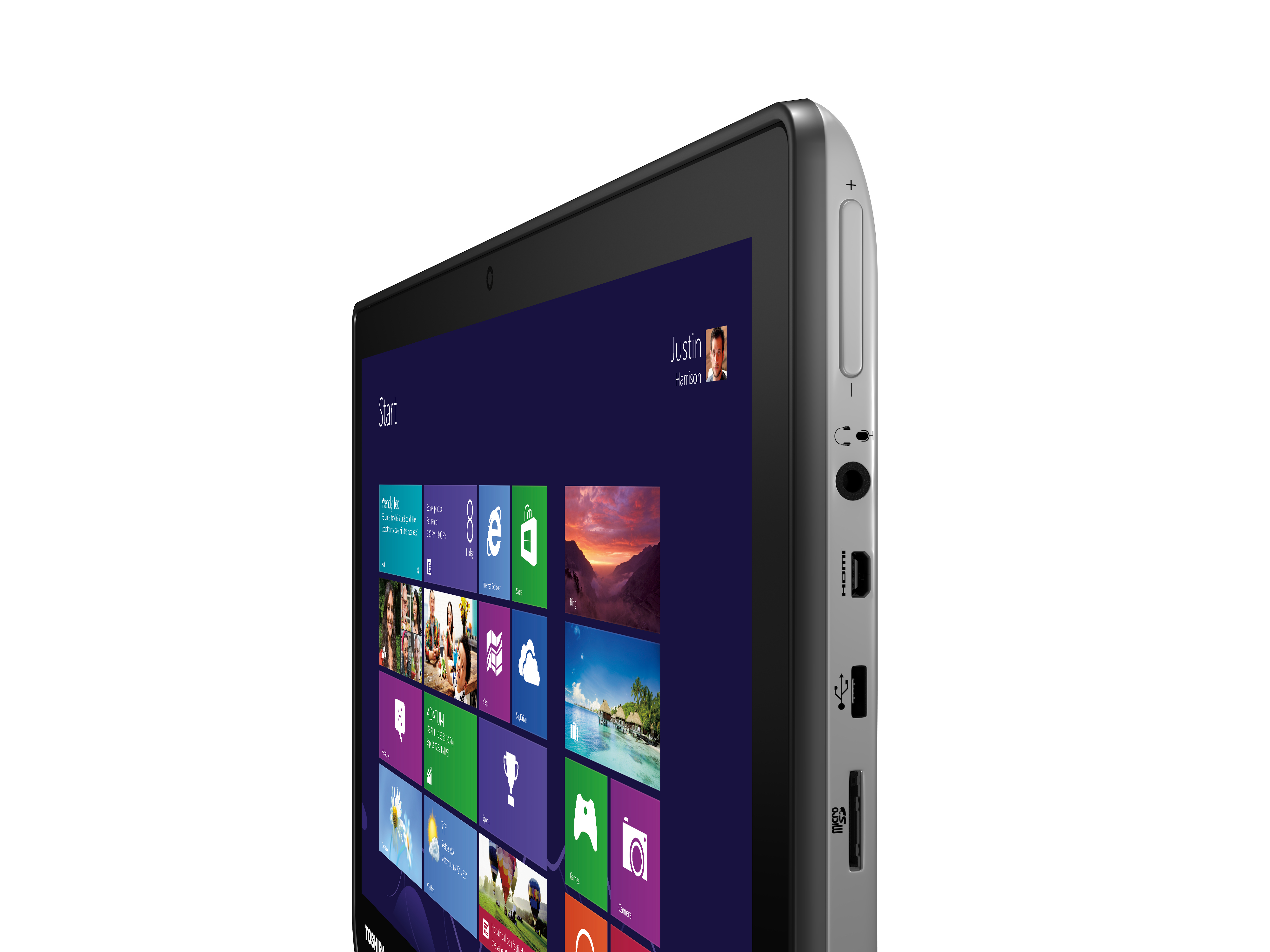
The W30t is also marked down for lack of ports. Toshiba has included 1 x USB 3 and 1 x USB 2 ports, microSD and micro-HDMI connections, and a micro-USB connector. It's standard for a tablet, but anyone who planning to use this machine as a fully-fledged laptop will bemoan the lack of connections.
Sign up today and you will receive a free copy of our Future Focus 2025 report - the leading guidance on AI, cybersecurity and other IT challenges as per 700+ senior executives
Mediocre display
Toshiba's panel uses IPS technology, which means good viewing angles. But this is where the positives finish. It uses a 1,366 x 768 resolution, which matches the HP Elitebook but can't compete with the Lenovo Yoga's mighty 3,200 x 1,800 pixel count. It's not as sharp as the Yoga, and it's a little disappointing given the increasing prominence of high-resolution screens elsewhere.
The measured brightness level of 266cd/m2 is in the middle of the pack, and does little to stand out the Lenovo brighter with a 317cd/m2 screen. The Toshiba's 777:1 contrast ratio improves on the Yoga's 634:1 result, but not enough to make a big difference. The higher resolution and brightness figures mean the Lenovo is the more satisfying screen by a large distance.
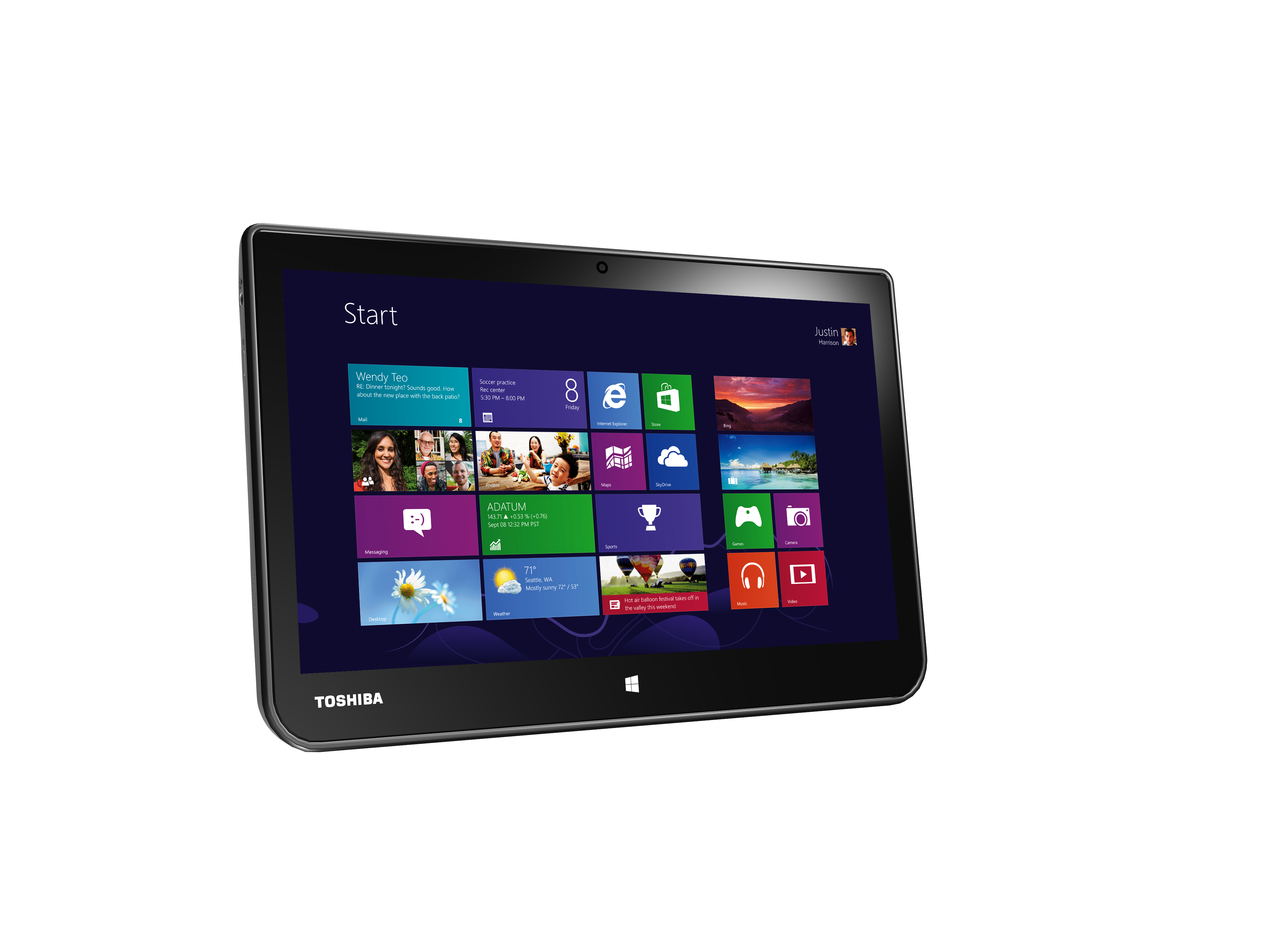
The Toshiba fall behind in colour accuracy tests. The average Delta E of 4.7 is mediocre, and colours aren't accurate. The screen renders 60.7 per cent of the sRGB colour gamut, with red, pink and purple shades suffering.
The screen is fine for browsing the web and using basic software, but it doesn't have the quality or pixel density to be worthwhile for specialised image work.
Mike Jennings has worked as a technology journalist for more than a decade and has been fascinated by computers since childhood, when he spent far too long building terrible websites. He loves desktop PCs, components, laptops and anything to do with the latest hardware.
Mike worked as a staff writer at PC Pro magazine in London for seven years, and during that time wrote for a variety of other tech titles, including Custom PC, Micro Mart and Computer Shopper. Since 2013, he’s been a freelance tech writer, and writes regularly for titles like Wired, TechRadar, Stuff, TechSpot, IT Pro, TrustedReviews and TechAdvisor. He still loves tech and covers everything from the latest business hardware and software to high-end gaming gear, and you’ll find him on plenty of sites writing reviews, features and guides on a vast range of topics.
You can email Mike at mike@mike-jennings.net, or find him on Twitter at @mikejjennings
-
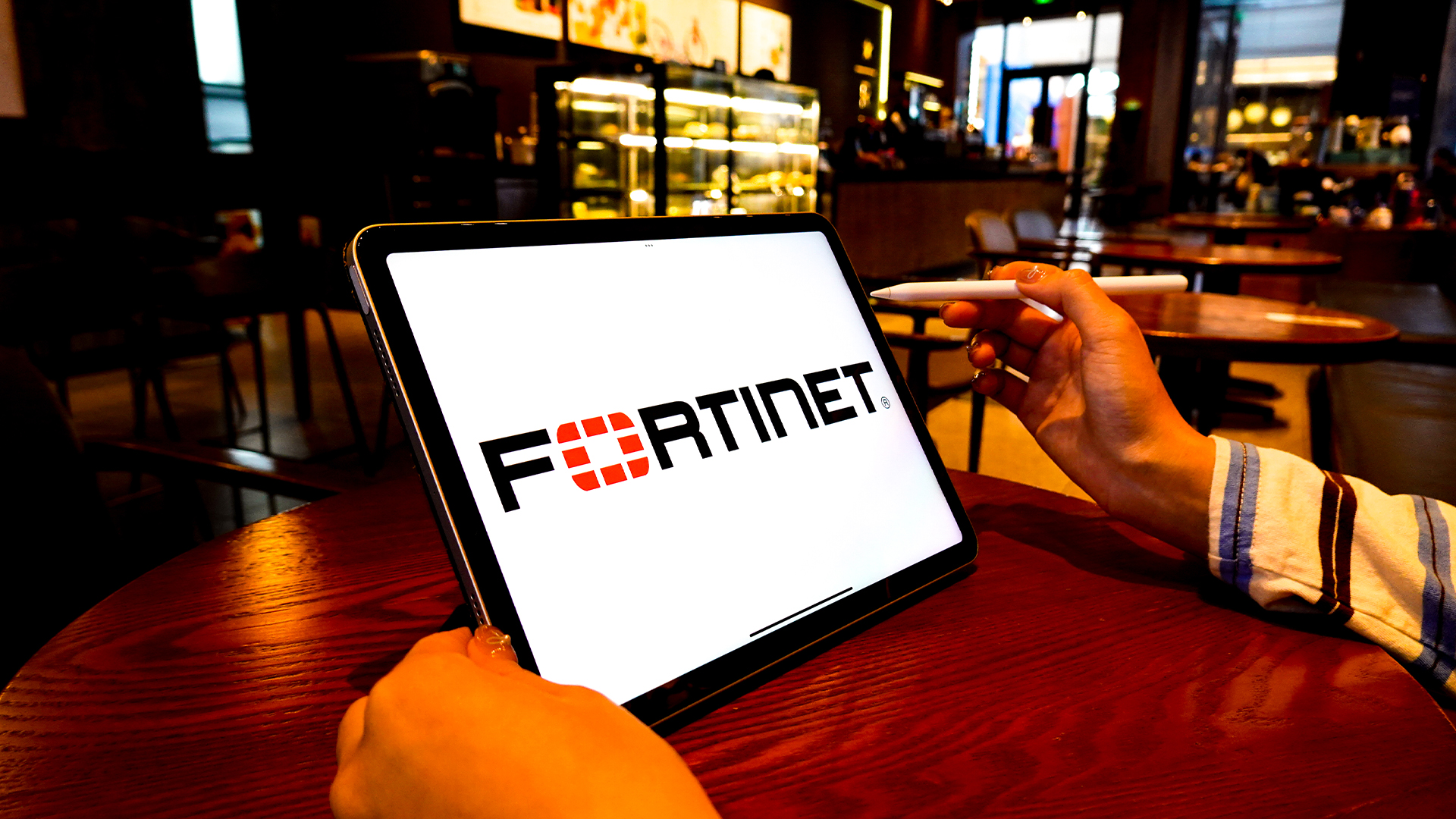 Two Fortinet vulnerabilities are being exploited in the wild – patch now
Two Fortinet vulnerabilities are being exploited in the wild – patch nowNews Arctic Wolf and Rapid7 said security teams should act immediately to mitigate the Fortinet vulnerabilities
By Emma Woollacott Published
-
 Two of the biggest online training platforms are merging in anticipation of a huge AI reskilling wave
Two of the biggest online training platforms are merging in anticipation of a huge AI reskilling waveNews The deal between Coursera and Udemy will create a $2.5bn company to help workers learn AI – and retrain for jobs replaced by it
By Nicole Kobie Published
-
 AI is creating more software flaws – and they're getting worse
AI is creating more software flaws – and they're getting worseNews A CodeRabbit study compared pull requests with AI and without, finding AI is fast but highly error prone
By Nicole Kobie Published
